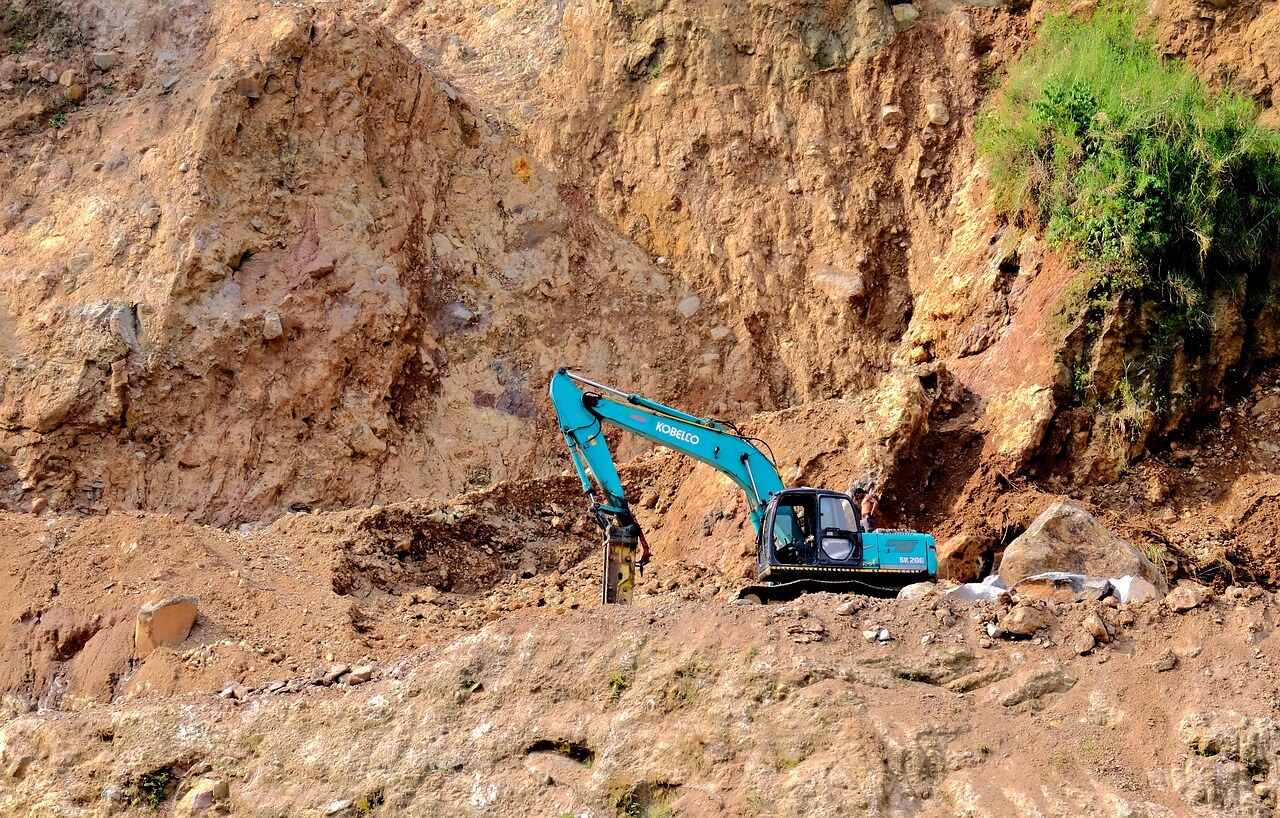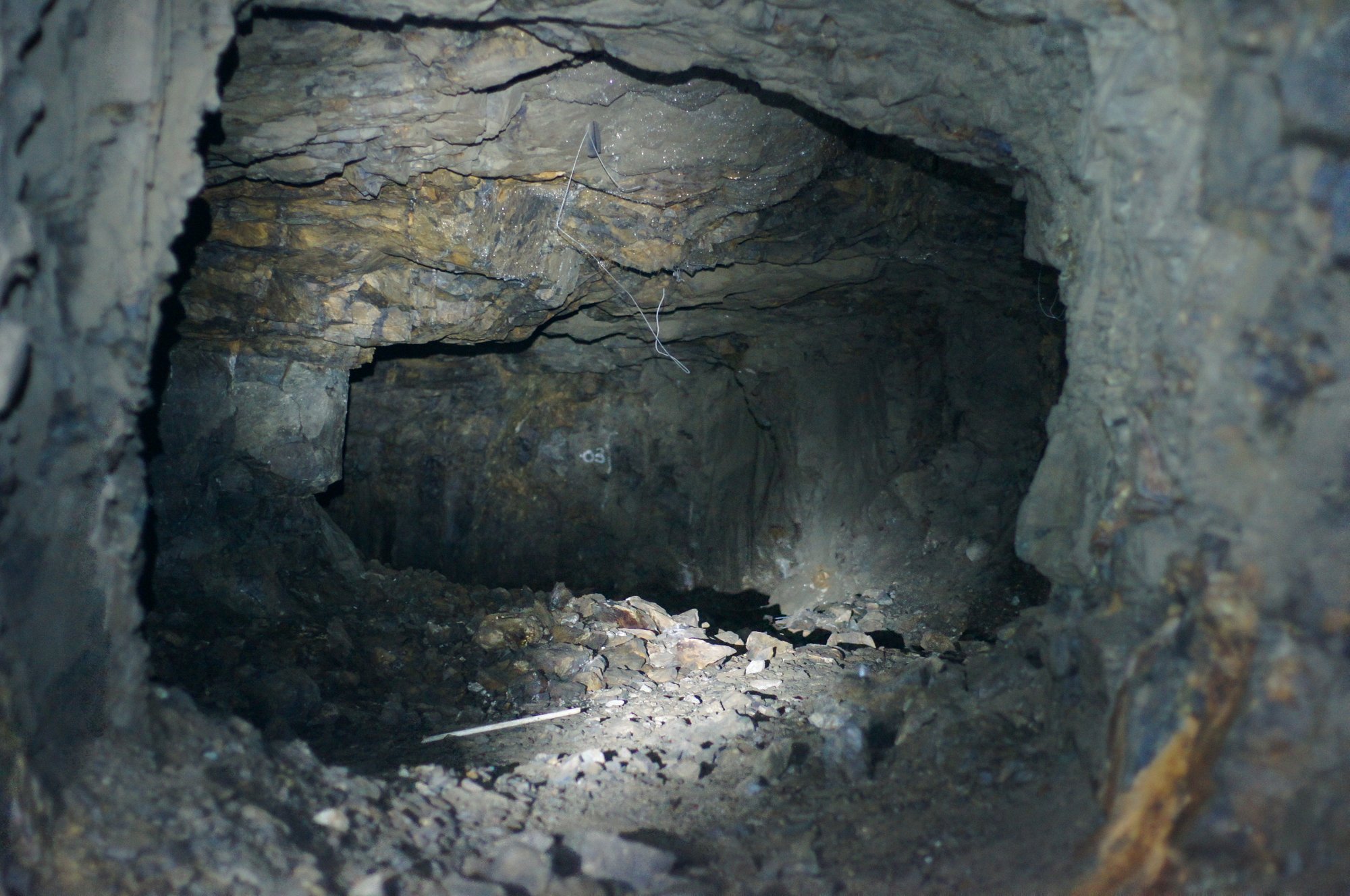Mining hub
Our portfolio represents years of experience backed by a passion for perfect client service, quality and intuition in the mining industry.

The regulatory environment is a significant risk factor in this sector. Complying with the vast landscape and the costs involved can be a deal breaker. The arena involves matters ranging from prospecting licenses to social licenses.
Our sector project managers who are assigned to each client assignment follow through the processes, while communicating and updating the client at each stage.
While every project has its own stages, in the event that the sector project managers are appointed by the client after full compliance has been met, the next stage of operations involve setting up the mine.
The sector project managers will seek guidance through experts following geological reports. Teams are convened and structured under the guidance of the client or their representative.
At this stage, the client may opt to appoint the sector project managers to install or supervise the installation of crucial equipment such as ball mill, installation of leaching and flotation tanks, gantries and hoists and other equipment.
Once the job is done, a handover process takes place whereby the project is ceded to the client's appointed representative. The client makes a decision on what happens next.

Documentation
We will follow up all licensing requirements including amongst others, EIA, Geological surveys, prospector's licensing and mining rights. We do this keeping the client informed at every stage.

Equipment
We can source the necessary plant, machinery and equipment for your mining operations. We will also install onsite to ensure operations take off adequately to facilitate your return on investment.

Operate
The team can test run your operation before handover, depending on the agreed timelines. Within this period, procedures are laid out (with an emphasis on safety and the environment) with constant feedback in the form of reports on feedback.
Frequently asked questions
-
- Define your goals and objectives
- Research and consider involving other individuals who are knowledgeable
- Assess your own resources and determine if your initial goals will be met with current resources. If there is a gap, you may consider consulting to determine alternatives, for example, unavailability of land could have an alternative or option to lease.
- Develop a business plan in direct consultation with our knowledgeable business partners and consultants.
-
- Creation of a secondary source of perpetual income through a steady flow of rentals
- When considering an investment to ‘flip’ the potential capital gains may be more rewarding and are risk free.
- Potential tax advantages particularly through interest on debt taken out to invest in property. This interest contributes to tax savings on the final tax assessment.
- Real estate aids diversification in an investment portfolio thereby reducing risk.
- A measure of net worth that can be a basis for increasing an individual’s investment portfolio.
- Provides perfect tangible assets in the case of an estate for loved ones.
- Limited loss of value, rather property has a tendency of appreciating in value.
-
- Compliance risk: The processes set out by regulations can be cumbersome and if not met some of the consequences can be severe such as hefty penalties, fines or prosecution.
- Occupational hazards due to limited training and lack of full safety initiatives.
- Contamination which can pose as a health hazard due to involvement of toxic material in the mineral extraction processes. Some of the common toxic inputs in the process are mercury, cyanide, lead and arsenic.
- Conflicts as a result of criminality and individual personal gains.
- Environmental degradation as a result of deforestation, pollution (both air and water pollution).
- The physical demands and highly specialised skills and knowledge to be able to tap into the resources efficiently and profitably pose a significant threat and risk. This then calls for an informed decision prior to taking up the venture as well as thorough research needs to have been undertaken.
At RemitSME, we will work diligently to minimise risk that may potentially be a threat to your project.
-
- Removing any occurrence of risks, both perceived and those that exist, by eliminating the risk altogether, for example, ensure regulation has been followed thoroughly and referring to a checklist that is checked and inspected continually.
- If the risk cannot be eliminated, then it can opt to reduce or minimize the risk by following due processes carefully and ensuring controls have been mounted to avoid deflecting from laid out rules and regulations. Such initiatives are, safety drills, adequate PPE, and regular inspections.
- Support of responsible mining practices and engaging far and wide with international communities who stand for best mining practices.
-
Small-scale mining involves the use of simple methods and tools and methods to search for minerals. It may be open cast or the digging of small tunnels. Large-scale commercial mining involves advanced methods of a grand scale. However small-scale mining needs to be managed responsibly in local communities.
Small-scale mining improves the livelihoods of local communities as opposed to large-scale commercial mining characteristic of ownership by multi-national conglomerates found in developing nations.
-
- Adoption of low impact mining techniques in low bio-diverse areas. This is done by providing guidance to artisanal miners by professionals in the field.
- Recycling processes in mineral extraction, for example re processing of mine tailings to open up additional revenue streams.
- Use of efficient machinery that minimises pollution. Machinery should be serviced regularly and used as per equipment supplier recommendations.
- Ensure rehabilitation of mines at the end of their useful lives. This is possible through initiatives by the authorities and associations through creation of funds specific for such causes.
- Combatting illegal mining through enforcement and shutting of illegal operations where in most cases there is disregard for the environment and safety standards.
- Continuous engagement of communities and developments within these communities to ensure transparency and benefits are shared fairly.
- Continuous education and training of artisanal miners to create awareness of sustainability and safety matters.
- Legal land rights to promote stewardship thereby responsibility by the artisanal miners.
- Government and policy support that integrates small scale mining into the national framework through incentives.
-
- Efficient mining processes produce minerals such as spodumene, lepidolite and petalite, which produce lithium oxide concentrate.
- A higher-grade concentrate is produced through beneficiation which is a process to improve the lithium concentrate grade.
- Beneficiation involves crushing and flotation that will achieve a purified concentrate suitable for commercial use and lithium-ion batteries.
- In the absence of local beneficiation, the lithium concentrates are exported to other countries where it undergoes further processing into lithium compounds such as lithium carbonate or lithium hydroxide.
- The setting up of lithium beneficiation plants locally in future will ensure that more value is retrieved locally within the value chain thereby creating more jobs and increase of wealth and well-being.
-
It is a process that evaluates the potential consequences (particularly to the environment) of a development or project before it is undertaken. It forms part of the project approval and any other decision-making involved in whether the project takes off or not.
A comprehensive EIA report is produced by a consultant and submitted to the Environmental Management Agency (EMA) who, upon approval, having been satisfied by mitigation strategies, will issue an EIA certificate which allows for the go-ahead of the project.
EMA is knowledgeable and can quickly identify potential issues that may not be apparent to the developers. It is also important to note that the EIA is inclusive and involves multiple stakeholders such as the public at large.
Certain developments such as mining require an EIA before commencement.
-
- There are financial gains to be reaped with the demand for minerals and natural resources that will always remain.
- There are a range of opportunities, particularly with globalisation, an individual can continue with their usual activities remotely while their investment takes shape.
- A personal security measure to fall back on with regards to job security with the current environment being unpredictable in terms of economic downturns.
- It is an opportunity to learn new skills which can be technical and covering current trends concerning the environment.
- A chance to create employment and fill in the unemployment gap thereby offering a livelihood for someone who may be in need.
-
- Electricity and power: The high cost of operating fuel powered generators and batteries can be draining financially. In the instance where electricity is accessible, frequent power cuts interrupt operations to the detriment of efficiencies.
- High cost of acquiring equipment and machinery
- Absence of government mining field officers from the mining ministry to assist with challenges and advice to boost development and growth.
- Claim forfeitures: This can occur when larger entities with financial prowess can take over blocks from small artisanal miners despite initial investments on their part.
- Small scale miners may not be ready to afford or have the expertise to carry out explorations.
- Traditional matters such as involvement of chiefs: There may arise conflicts if the mines are located in communities who uphold their cultures.
- Rapid depletion of minerals
- The complex processes for licensing to handle minerals
At RemitSME we can work together to chart a way that ensures some of these challenges are overcome.
